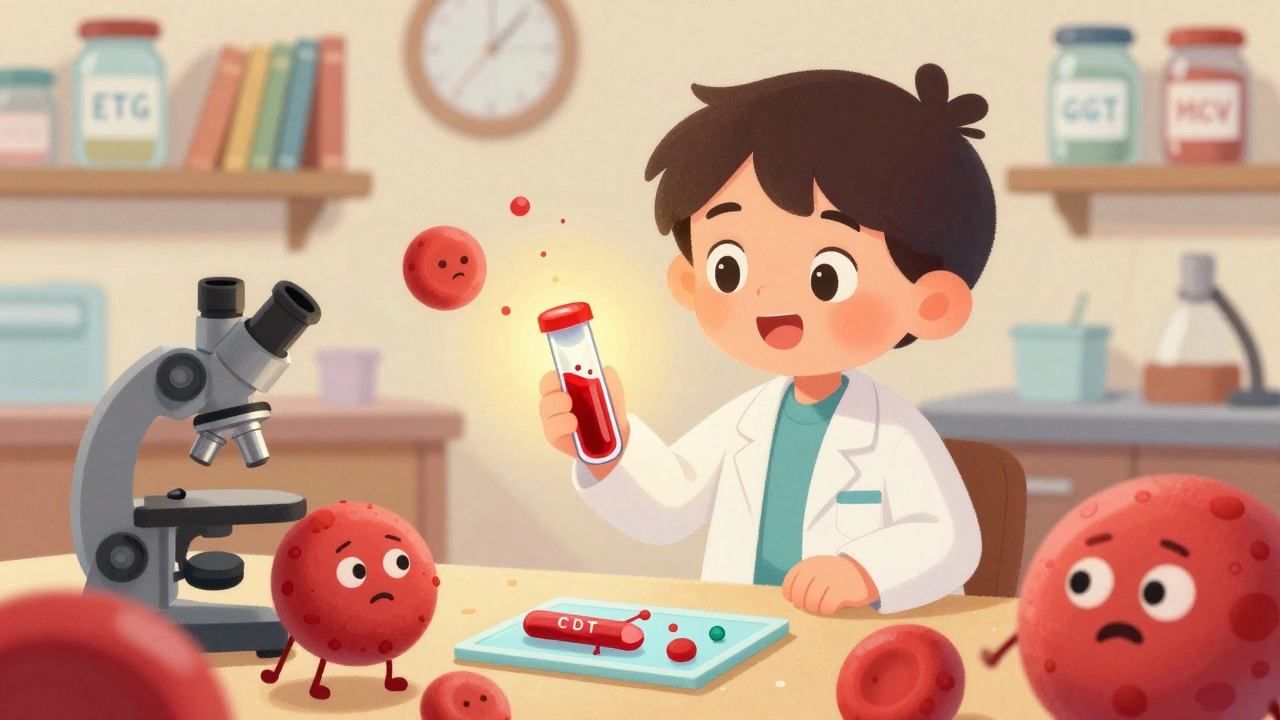Русская Энциклопедия Спиртных Напитков
Это Русская Энциклопедия Спиртных Напитков, онлайн-ресурс о том, как рождаются, хранятся и пьются алкогольные напитки в России и за её пределами. Здесь нет пустой рекламы — только правда о том, что стоит в бутылке. Вы найдёте всё: от простой водки, сделанной по старинке, до винтажного вина, которое растёт в цене. Это не просто каталог — это гид для тех, кто хочет понимать, а не просто пить.
Мы разбираем, как вино, напиток, который раскрывается через терруар, сорт винограда и метод выдержки отличается от пива, напиток, где хмель и солод создают баланс, как в музыке. А ещё — как крофтовые напитки, малые партии, сделанные с любовью, а не на конвейере меняют рынок. Зачем переплачивать за бренд, если можно узнать, что действительно влияет на вкус?
Здесь нет советов «пей меньше». Есть честные объяснения: почему один вермут портится через неделю, а другой — год. Как выбрать настоящий саке, а не подделку. Почему похмелье от водки и виски — разное. Что вы найдёте ниже — это не статьи, а ответы на вопросы, которые вы задавали себе после бутылки.
Крепкие напитки

Редкие и экзотические алкогольные напитки со всего мира: что пьют за пределами обычного
Уникальные алкогольные напитки мира: от пульке ацтеков до водки со скорпионами. Как их делают, почему они редкие и где их можно попробовать.
Еда и напитки

Содержание калорий в разных сортах пива: полная таблица и что на самом деле влияет на вес
Узнайте, сколько калорий в разных сортах пива - от безалкогольного до крепкого стаута. Реальные цифры, таблица и практические советы, как пить пиво и не набирать вес.
Вино и виноделие

Пет-нат: как правильно хранить натуральное игристое вино
Пет-нат - это живое игристое вино, которое требует особого ухода. Узнайте, как хранить его правильно: температура, положение, сроки и что делать после открытия. Не испортите натуральный вкус.
Крепкие напитки

История рома: от плантаций Карибов к международному признанию
История рома - это история страдания, выживания и культурного возрождения. От рабов на карибских плантациях до международного признания как символа традиции и искусства - ром стал одним из самых значимых напитков в мире.
Крепкие напитки

Алкогольные напитки с пряностями: глинтвейн, грог и настойки - чем отличаются и как выбрать
Глинтвейн, грог и настойки - три разных напитка с пряностями. У каждого своя основа, крепость и способ приготовления. Узнайте, как их отличить, как выбрать и почему магазинные версии часто разочаровывают.
Производство и технологии

Повторное использование воды на заводах: как сэкономить ресурсы и снизить затраты
Повторное использование воды на заводах снижает затраты на 40%, защищает экосистемы и повышает устойчивость производства. Узнайте, как работают системы ZLD, оборотного водоснабжения и почему это выгодно уже сегодня.
Вино и виноделие

Российское шампанское: от имперских подвалов до массового производства
Российское шампанское прошло путь от имперских экспериментов до массового производства. Узнайте, как князь Голицын победил французов на выставке в Париже, как Фролов-Багреев спас шампанское после революции и почему сегодня оно снова становится символом качества.
Вино и виноделие

Температура подачи игристых вин: оптимальные диапазоны для шампанского, просекко, пет-нат и других стилей
Правильная температура подачи игристых вин - ключ к раскрытию ароматов и баланса вкуса. Узнайте, при какой температуре пить шампанское, просекко, пет-нат и игристые красные, чтобы не испортить вино холодом.
Крепкие напитки

Слоистые коктейли: как правильно налить слои - пошаговая инструкция для новичков
Узнайте, как правильно наливать слоистые коктейли, чтобы слои не смешивались. Пошаговая инструкция с плотностями ликеров, лучшими рецептами и советами от профессионалов.
Безопасность и здоровье

Лабораторные тесты алкоголя: что проверяется и как часто
Лабораторные тесты алкоголя определяют не только свежее употребление, но и хроническое пьянство. Что проверяют - этанол, CDT, ETG, ГГТ - и как часто сдавать анализы в разных ситуациях: при водительских правах, в реабилитации, на работе.
Крепкие напитки

Лучший алкоголь до 1000 рублей: топ-10 выборов 2025 года
Топ-10 лучших алкогольных напитков до 1000 рублей в 2025 году: виски, коньяк, вино и водка. Реальные рекомендации по цене и качеству, без маркетинга и подделок.
Крепкие напитки

Джин с ботаническими нотами: как подобрать солёные закуски, чтобы раскрыть вкус
Джин с ботаническими нотами раскрывается не с лимоном, а с солью. Узнайте, какие закуски усилят ароматы цитрусов, трав и цветов, а какие их убьют. Наука, опыт и рекомендации барменов.